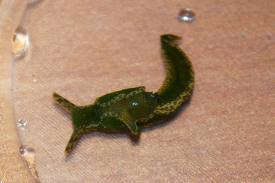The word PELECYPODA is derived from two Greek words pelekys=hatchet and podos.The characteristics
can be listed below.
1. They are aquatic, mostly marine and some freshwater forms.
2. They have bilaterally symmetrical and laterally compressed.
3. They do not have distinct head.Pharynx,jaws,radula and
tentacles are absent.
tentacles are absent.
4. They have shell consisting of two lateral valves,hinged
together mid-dorsally.
together mid-dorsally.
5. They have ventral foot,muscular that is used for plough
share.
share.
6. They have bilobed mantle consisting of paired, right and left
lobes.
lobes.
7.They have paired gills or ctenidia one on each side.
8. They have dorsally placed reduced coelom.
9.They have coiled alimentary canal with paired digestive
glands.
glands.
10. They have heart in pericardium and consist of median ventricle and two auricles.
11.They have paired nephridia or kidneys that open at one end into pericardium at the other end to the exterior.
12. They have nervous system consisting of four pairs of ganglia namely cerebral, pleural,pedal and visceral.
13. They have cerebral and pleural ganglia fused into a single cerebro-pleural ganglion.
14. They have statocyst and osphradia as sense organ.
15.They are unisexual or bisexual.




































